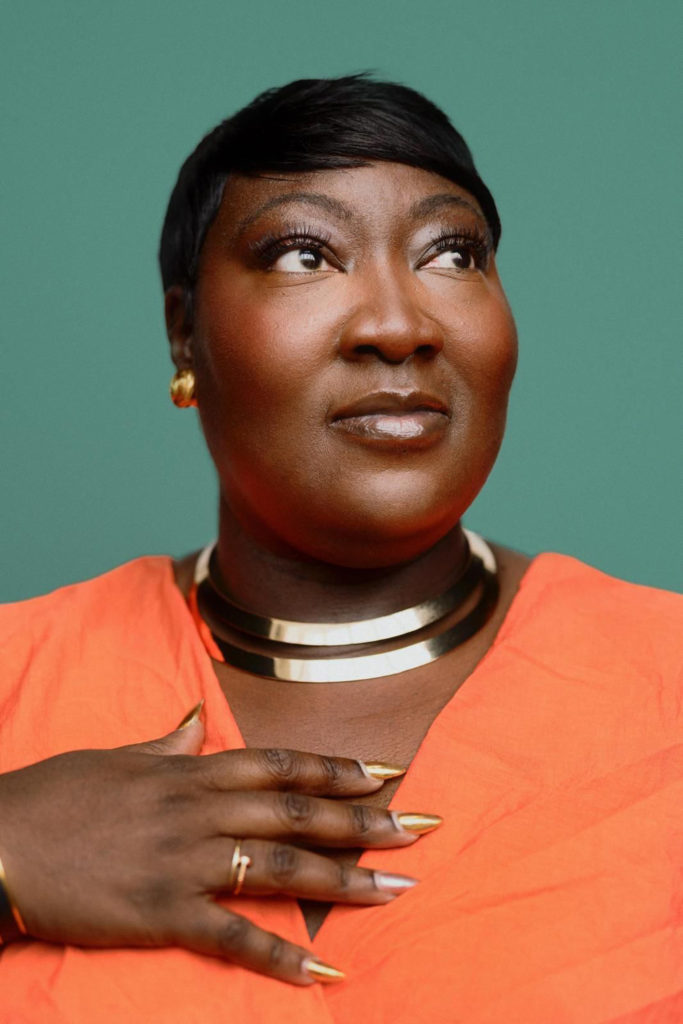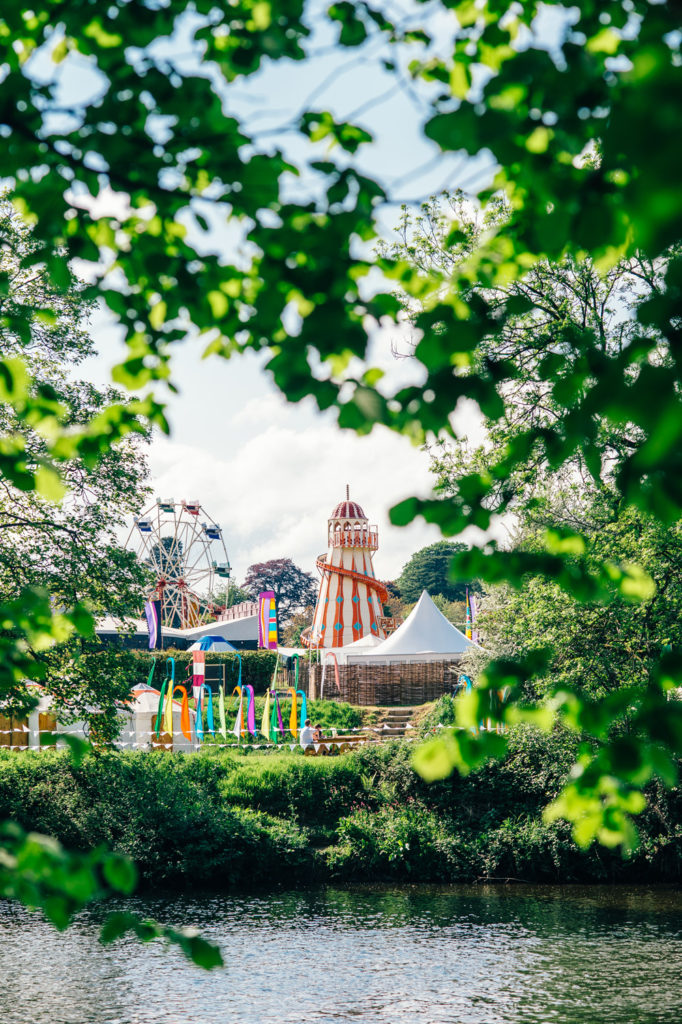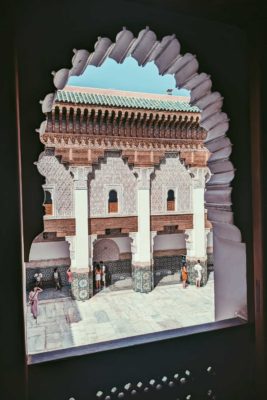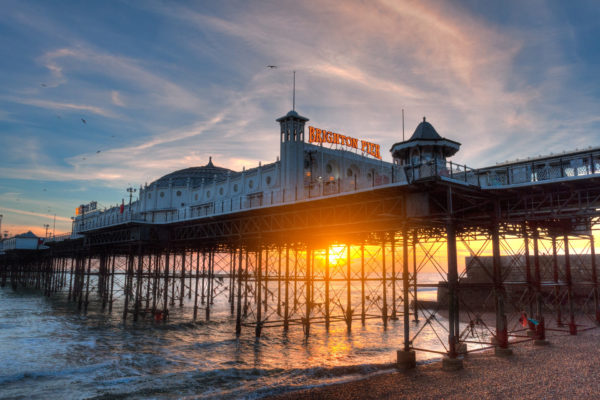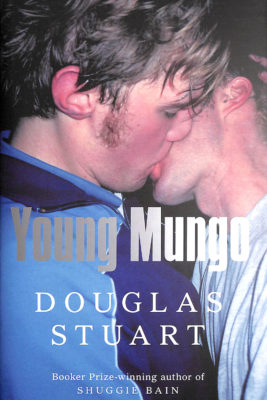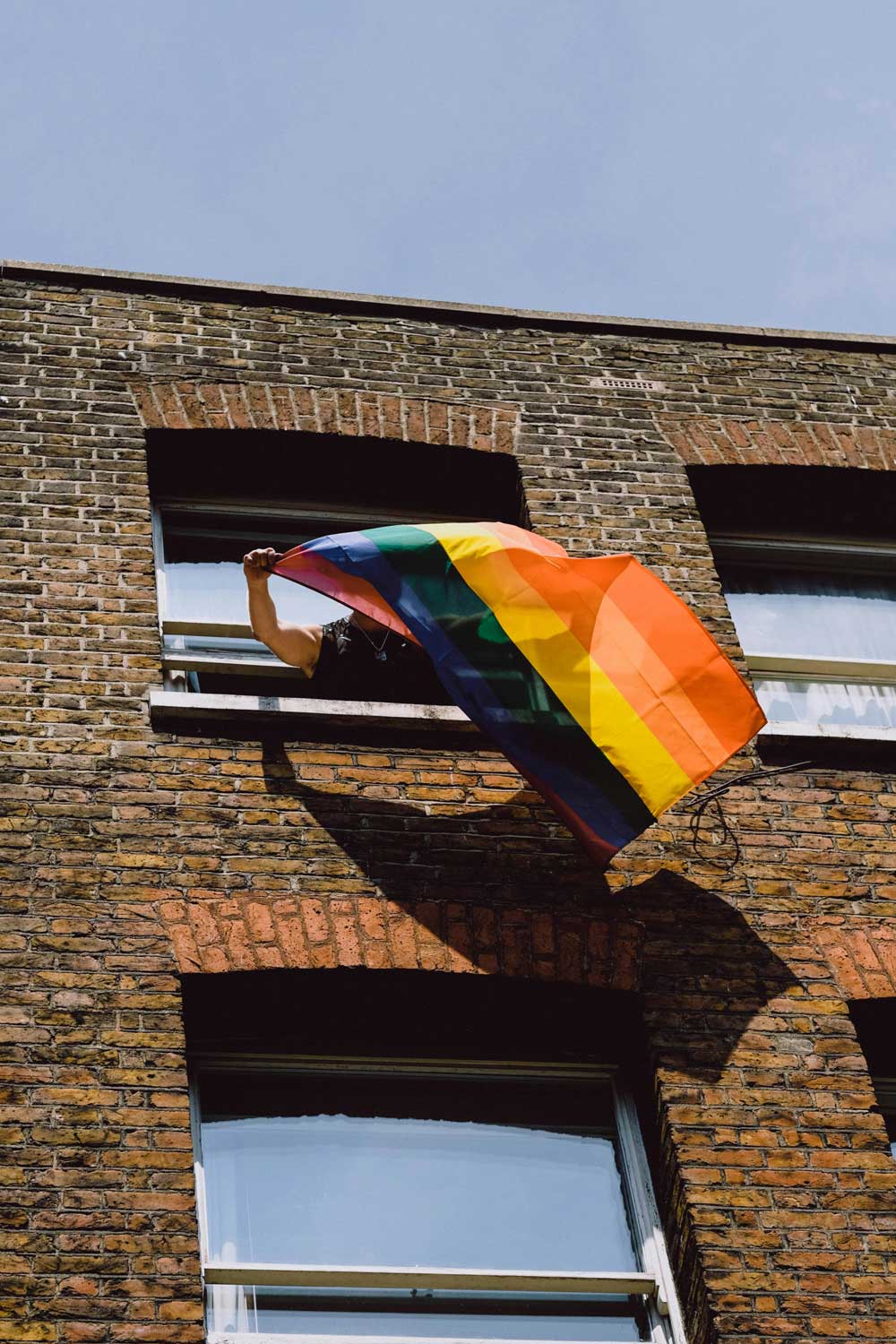
Pride Is A Protest
By
11 months ago
The history of the event, and where we are now.
It’s Pride month in the UK and around the world. But beyond the rainbow flags and the pinkwashed posters, pride is a protest.
What Is The History Of Pride?
The first ever London Gay Pride march took place in 1972, three years after the first gay march in New York, which took place one month after the 1969 Stonewall Riots in the American city. It is here, at Stonewall, that the origins of Pride as we know it can be found. The Stonewall riots of 1969 were a pivotal moment in the modern LGBTQIA+ rights movement.
What Happened At Stonewall?
On the night of 28 June, 1969, police raided the Stonewall Inn, a known gathering place for the queer community in Greenwich Village, New York. It was the second time that week that the bar had been raided, and 200 people were thrown out onto the street, with some beaten. Raids on gay bars were common at the time, with homosexuality illegal in the country at the time, but on this night, the patrons decided to resist the police’s attempts to arrest them. A riot ensued, with protesters throwing objects at the police and chanting slogans demanding their rights. A week of protests ensued in the city, and news spread around the world, sparking global protests.
When Was The First Pride in London
Inspired by the Stonewall riots, the first official UK Gay Pride rally took place in London on July 1, 1972, with approximately 2,000 participants. The date was chosen to coincide with the anniversary of the Stonewall riots, and was a powerful statement of solidarity with the LGBTQIA+ community in the United States. Homosexuality was partially decriminalised in 1967 in England and Wales, but not until 1981 in Scotland and 1982 in Northern Ireland.
How Has UK Pride Evolved Since Then?
In 1981, the London Pride march relocated to Huddersfield in solidarity with the Yorkshire gay community, who were facing harassment from the police. Four years later in 1985, mining groups joined the Lesbians and Gays Support the Miners group on the Pride march, recognising their support during the miners’ strike. In 1988, Section 28 was introduced, which prohibited the ‘promotion of homosexuality’ by local authorities, which reignited the Pride as a protest sentiment.
The first-ever EuroPride in London in 1992 was attended by around 100,000 people and in 1996, following a vote by the Pride Trust, the event was renamed “Lesbian, Gay, Bisexual and Transgender Pride,” making it the largest free music festival in Europe at the time.
Is Pride Still A Protest?
With its roots in protest, Pride has evolved into a celebration of the LGBTQIA+ community over the years, of the progression in rights and the achievements of the queer community. But the spirit of Pride remains in advocacy for the progression of equal rights, and the parade serves as a stage for the queer community to speak up about human rights issues at large, as well as ongoing issues facing LGBTQIA+ around the world. Domestically, debates continue around reforming the UK’s Gender Recognition Act, so this year’s Pride will be an opportunity for attendees to speak up for the trans community. Around the world, LGBTQIA+ rights are being repealed or put in jeopardy, with some countries introducing or proposing laws criminalising LGBTQIA+ identities.
When Is London Pride in 2024?
London Pride 2024 will take place on 29 June. prideinlondon.org | Trans Pride is in London on 27 July 2024 | UK Black Pride takes place at Elizabeth Park London on 11 August 2024 | Bi Pride UK will take place on 31 August 2024 in London.
Pride is still a protest.


